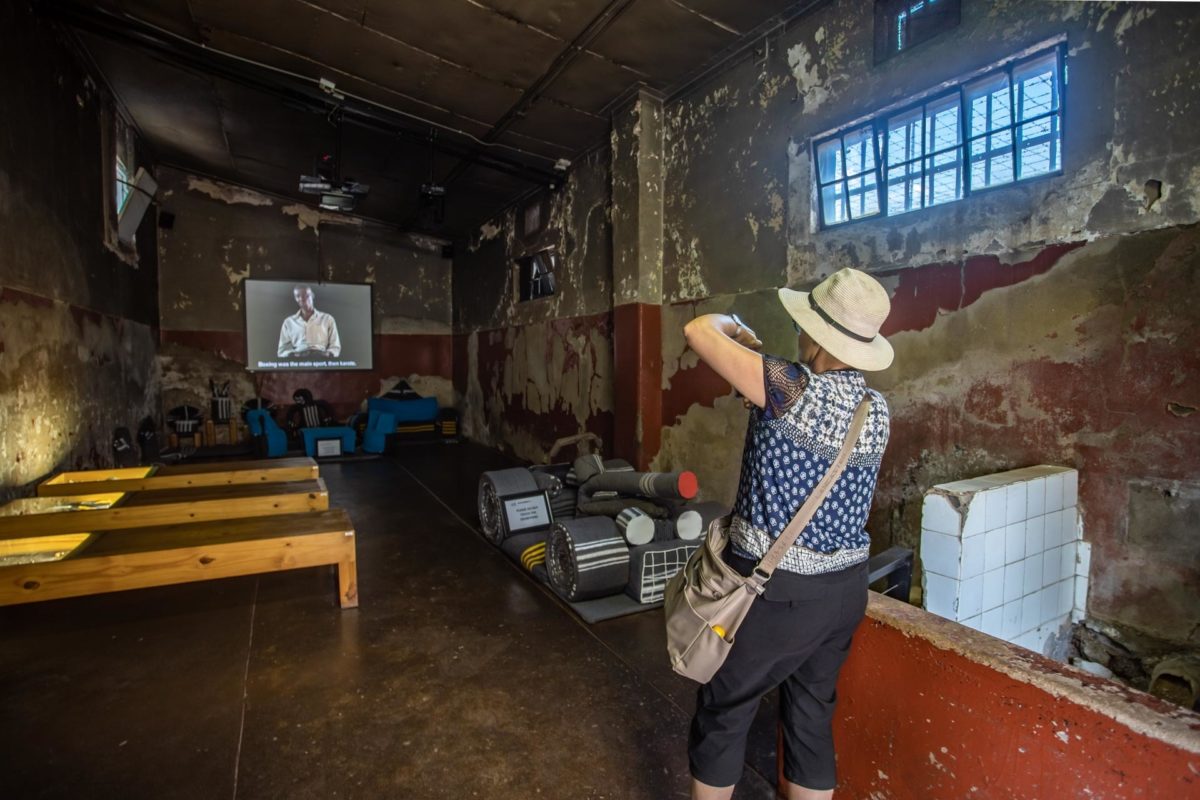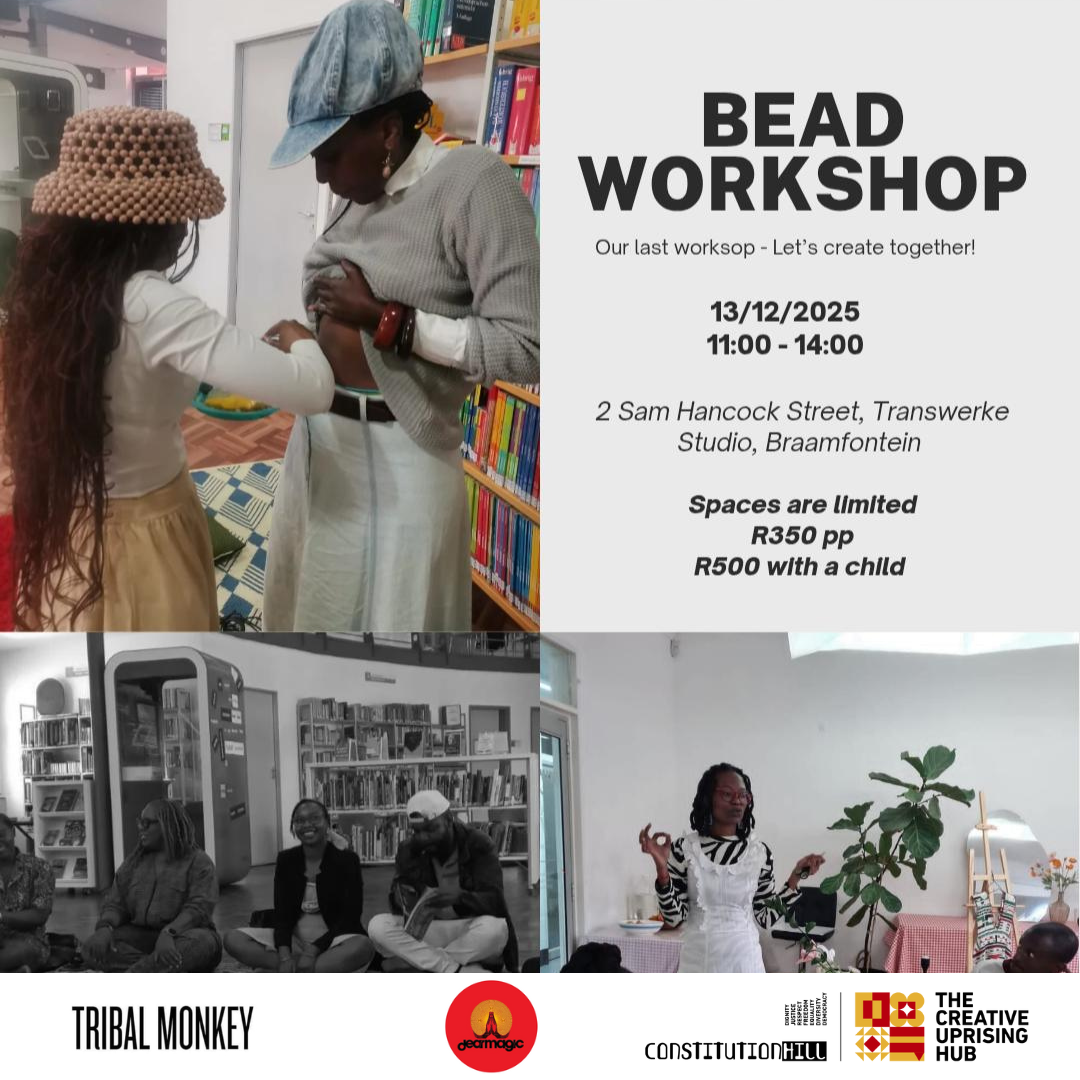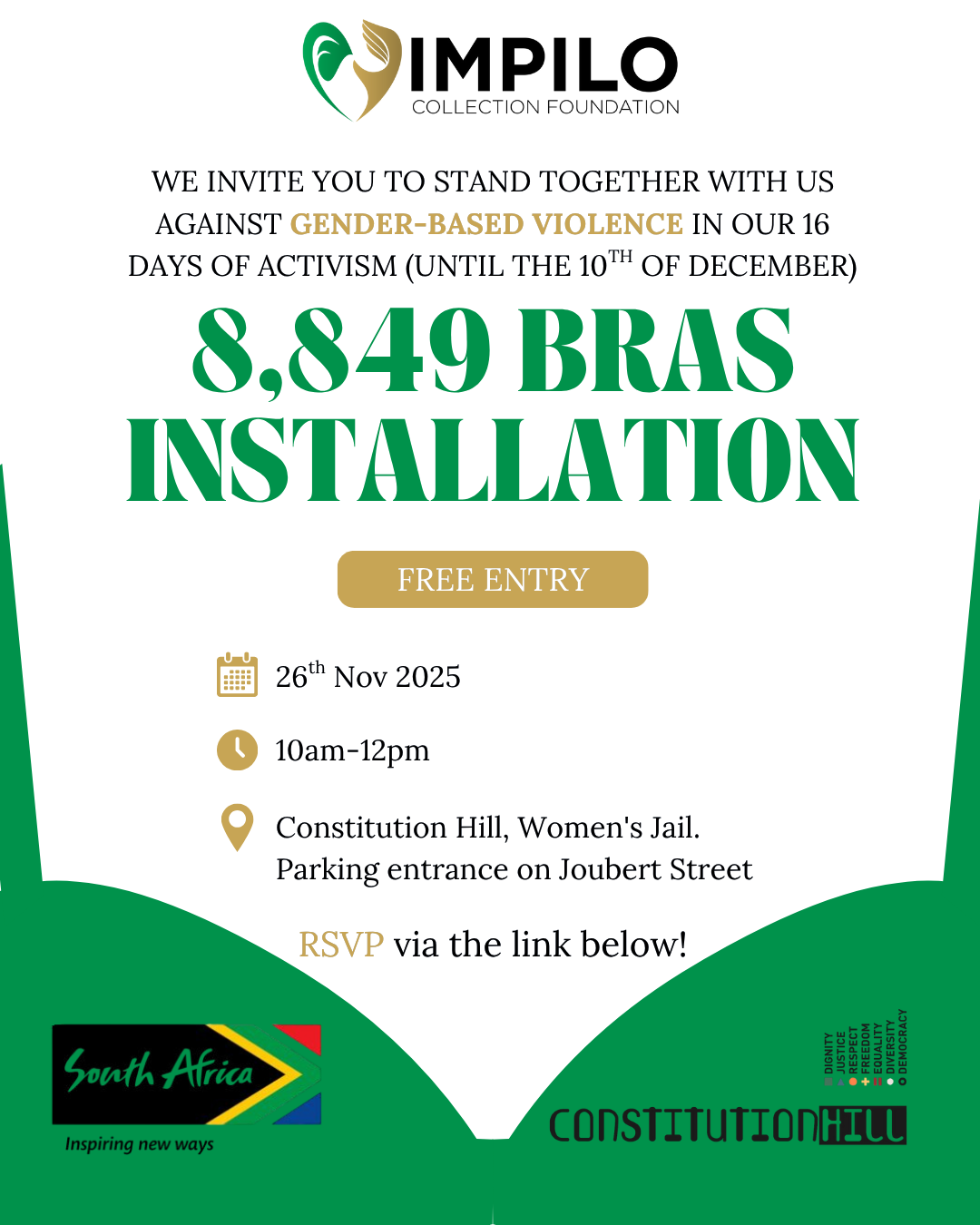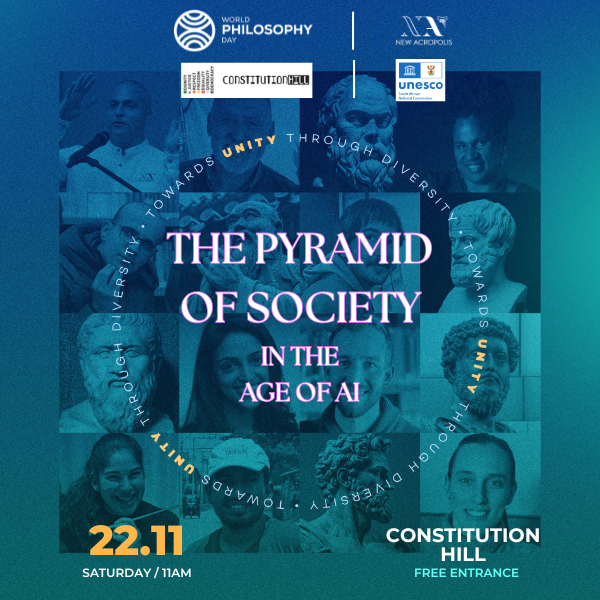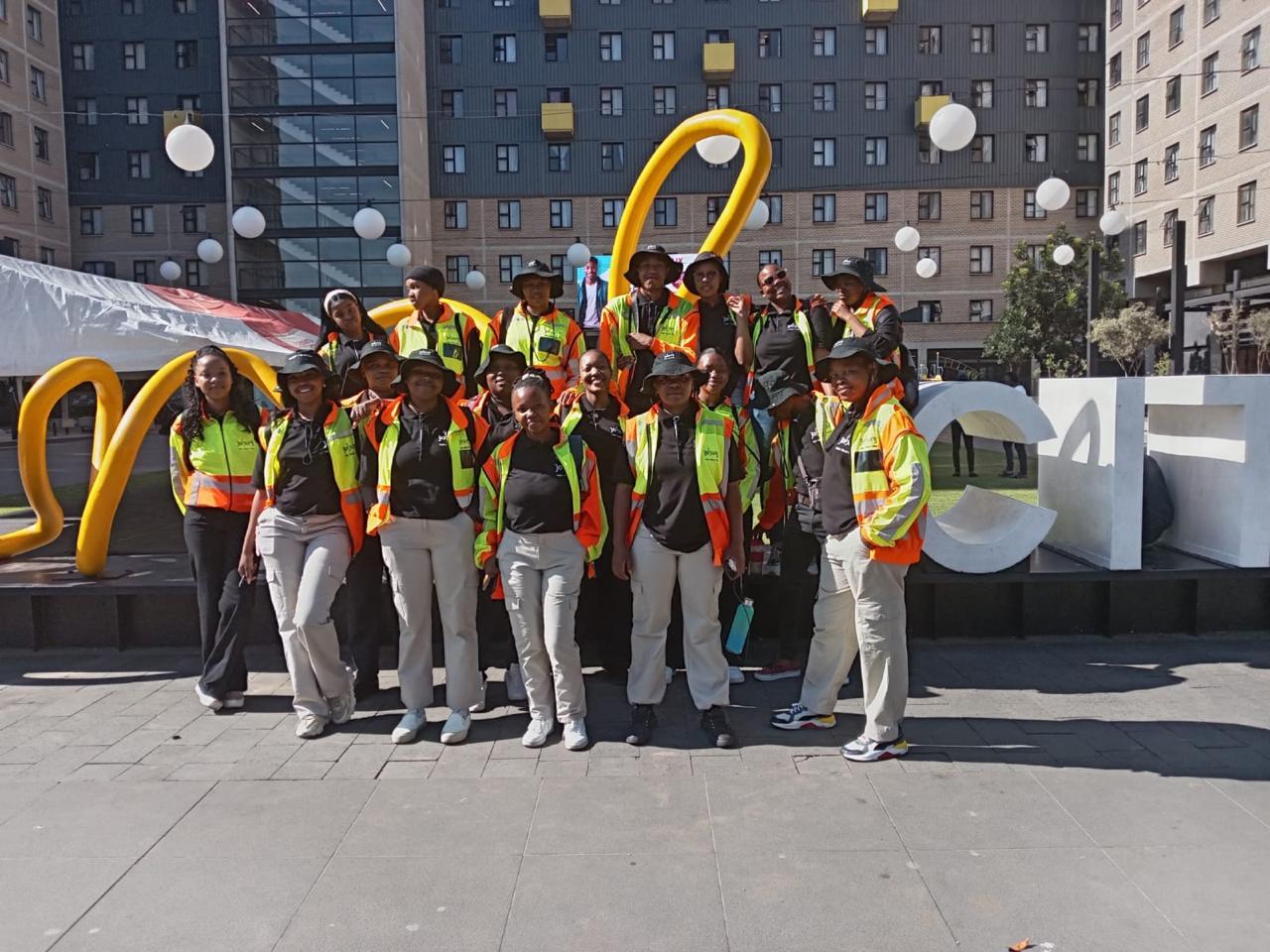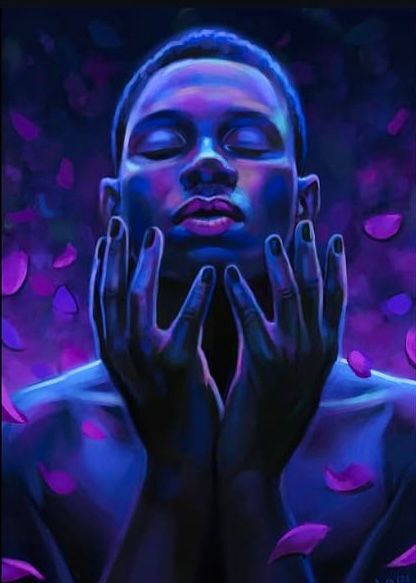
A mural commemorating the 1955 Freedom Charter, by artist Faith47, in Johannesburg.
From the photographs it was a sunny day, 26 June 1955. It certainly was a beautiful day: the day South Africa’s famous Freedom Charter was signed in Kliptown, Soweto.
It was almost 40 years before the core principles of the document – a non-racial South Africa in which all were equal – were realised, at least in principle. At the end of April 1994 South Africans voted in the first democratic elections the country had ever seen.
The Freedom Charter came out of the Congress of the People, a multiracial, two-day conference that ended with the charter’s publication. The meeting of 3 000 people was the most racially representative gathering to have taken place in South Africa up to that point.
Now, 62 years later, the charter is still a beacon of hope. Many of its ideals have not been met, however.
Back in 1955, time was on the charter’s side. South Africa was under apartheid rule and the authorities appeared, toting Sten sub-machine guns, to break up the congress, but the document was already wet with ink.
It was signed by Albert Luthuli, president of the African National Congress; Leon Levy, president of the SA Congress of Trade Unions; Monty Naicker, president of the National Indian Congress; Jimmy Laguma, president of the South African Coloured People's Congress; and Pieter Beyleveld, president of the South African Congress of Democrats.
On 26 June 2005 former president Thabo Mbeki lit a flame of freedom at Kliptown, Soweto, at the opening of the Walter Sisulu Square of Dedication, and marking 50 years since the charter was signed. Today South Africans may have forgotten that it was a sunny day when it was signed, but the light of the charter illuminates many a South African heart.

 +27 11 381 3100
+27 11 381 3100
